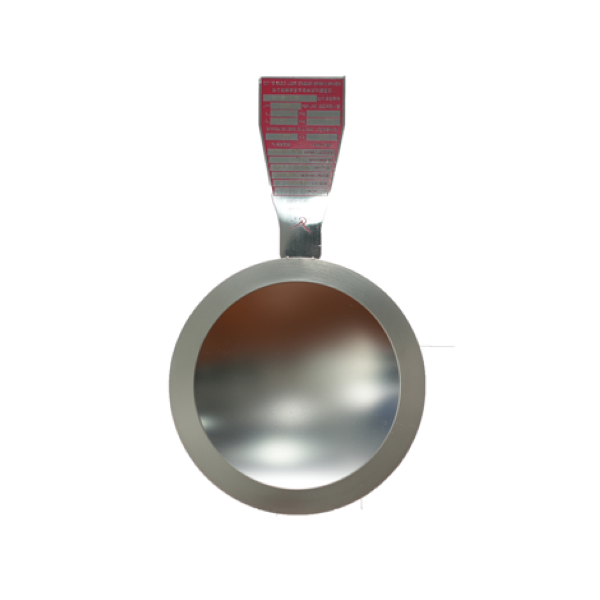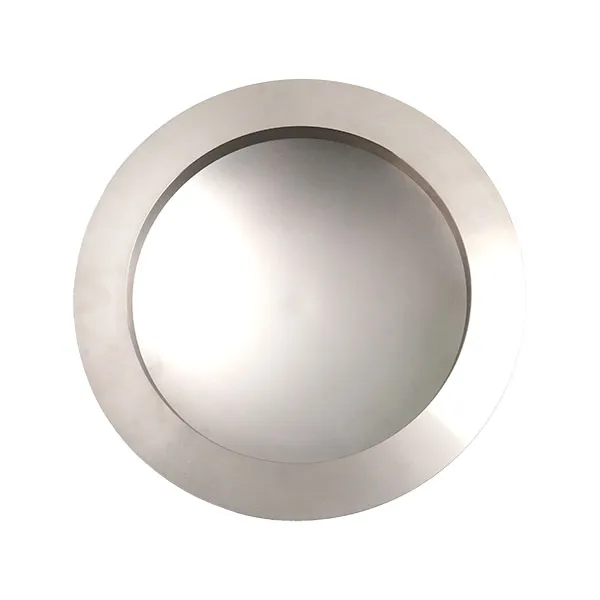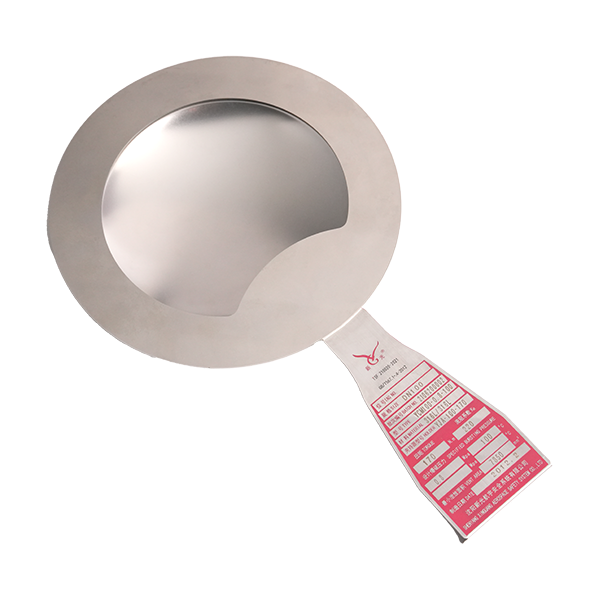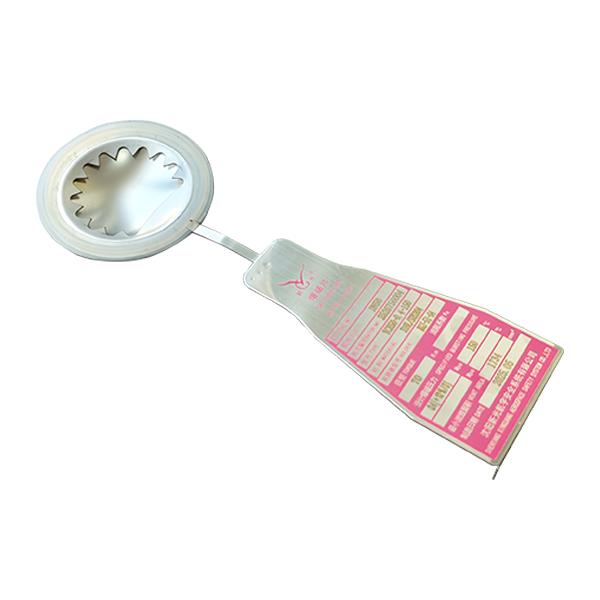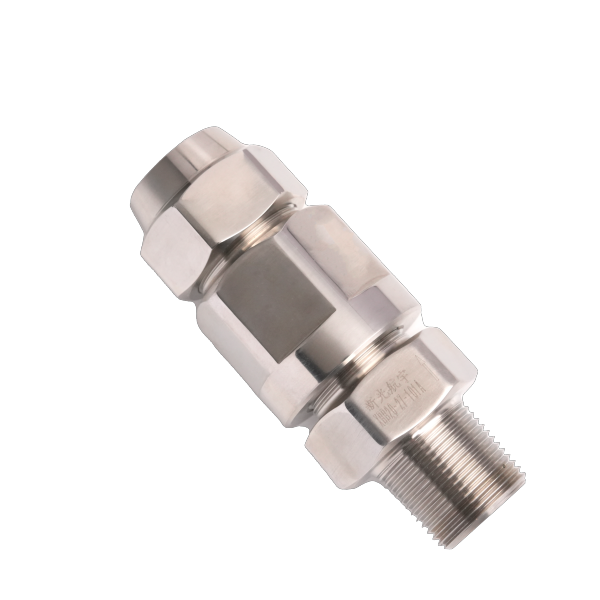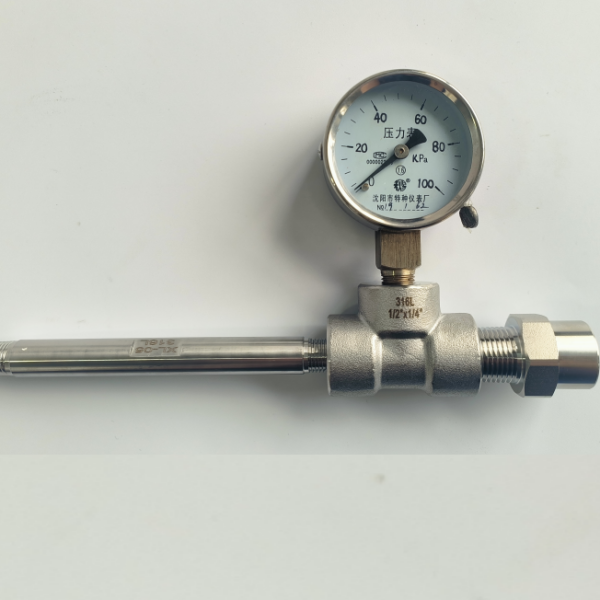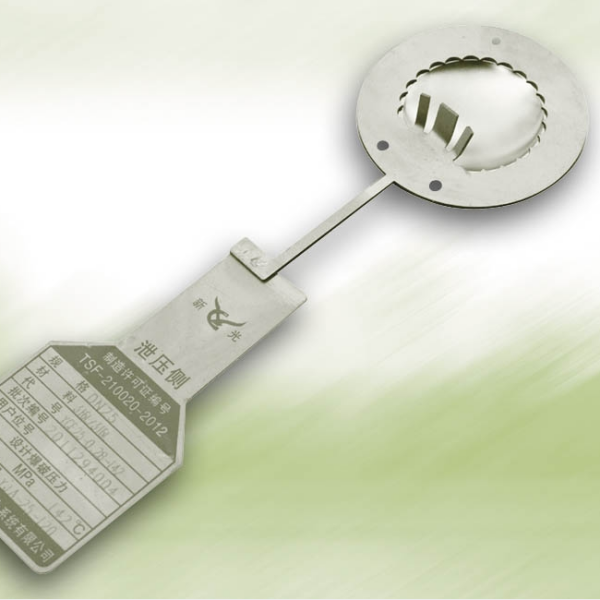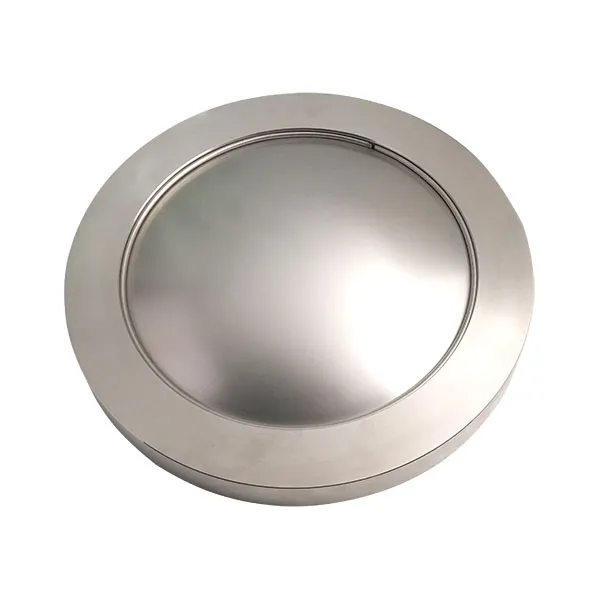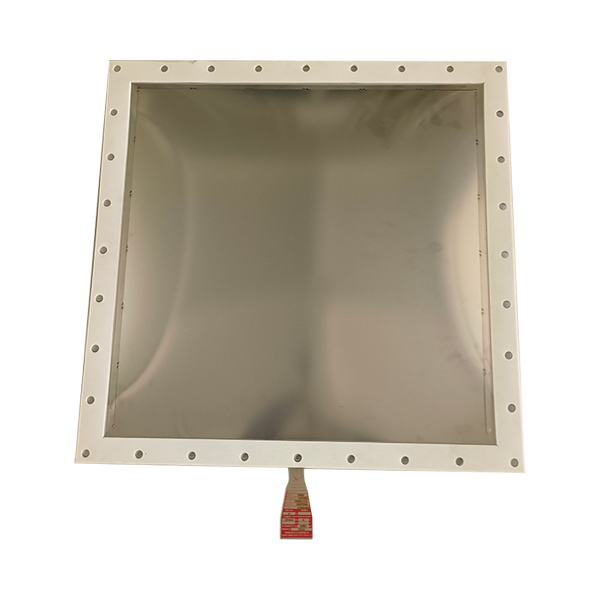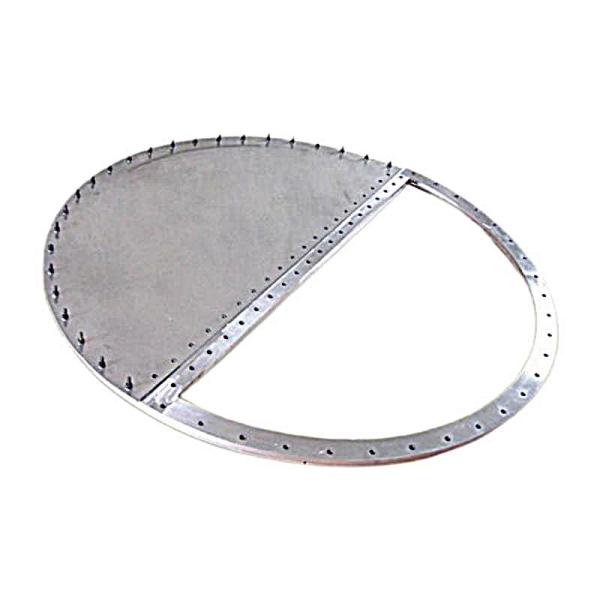In the high temperature, high pressure, and strong corrosive environment of chemical production, chemical rupture disc, as an important component of the pressure relief system, relies on the characteristics of instantaneous blasting and pressure relief. It plays an important role in chemical, pharmaceutical, energy and other fields. It is an important safety device to prevent overpressure explosion of equipment.
In scenarios involving severe reactions such as fine chemical synthesis and pharmaceutical intermediate production, chemical rupture disc can ensure equipment safety. In many chemical reactions such as nitrification, sulfonation, and oxidation, if the reaction temperature is out of control or the ratio of raw materials is unbalanced, it is very easy to cause a sudden increase in pressure. At this time, traditional safety valves may become stuck and fail due to the high viscosity and strong corrosion of the medium, but chemical rupture disc is made of corrosion-resistant materials such as metal and graphite, which can be accurately exploded within milliseconds and quickly release pressure. For example, in a nitro compound production workshop, once the pressure in the reactor exceeds the set threshold value, the chemical rupture disc will immediately rupture, and the high-pressure medium will be introduced into the safe discharge channel to prevent the reactor from exploding due to overpressure. Especially when dealing with sensitive materials such as nitric acid esters, the response speed of chemical rupture disc will be three to five times faster than that of the safety valve, which can effectively reduce the risk of explosion.
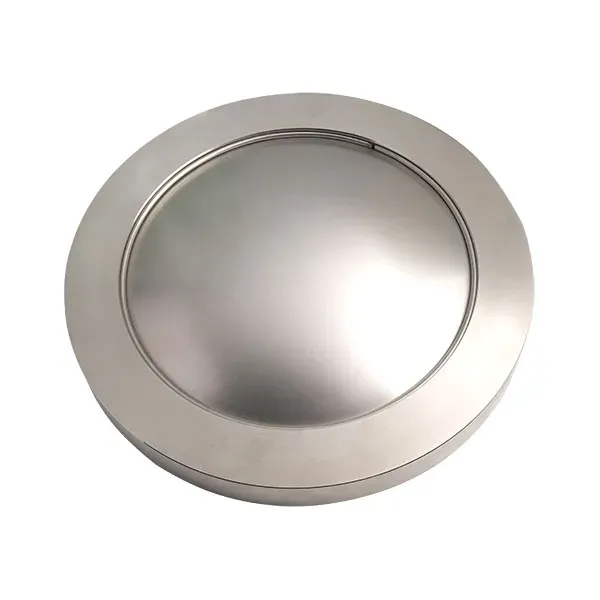
In chemical production, it will be frequently exposed to corrosive media such as strong acids, alkalis, and organic solvents. Traditional safety devices are easily corroded and cause sealing failure or movement failure. Chemical rupture disc can withstand extremely corrosive environments through special material selection and processing technology. For example, rupture discs made of corrosion-resistant metals such as hastelloy and Monel alloy can work stably for a long time in highly corrosive media such as hydrochloric acid and sulfuric acid. In the chlor-alkali industry, the chlorine gas and sodium hydroxide solution in the electrolytic cell are highly corrosive, and the rupture disc must not only withstand a working pressure of more than 1.6MPa, but also resist the erosion of the medium. Therefore, the installation of corrosion-resistant rupture discs can reduce equipment accidents caused by overpressure and reduce operation and maintenance costs.
In addition to positive pressure protection, chemical rupture disc also plays an important role in negative pressure equipment. In vacuum drying, distillation and other processes, if the system suddenly enters the air or the temperature fluctuates, it may cause the negative pressure in the equipment to rise sharply, causing the container to collapse. The rupture disc can rupture in time when the negative pressure exceeds the safety limit, balance the internal and external pressure, and protect the dryer, distillation tower and other equipment. In the freeze-drying production line of the pharmaceutical industry, the vacuum freeze-drying machine needs to maintain a negative pressure environment of -0.1MPa. If the vacuum pump fails and the pressure is abnormal, the rupture disc will act immediately to prevent the equipment from deformation.
In short, chemical rupture disc has effectively improved the safety and controllability of chemical production through its good characteristics, and as an important device to ensure the safety of chemical production, chemical rupture disc plays an important role in preventing accidents.

